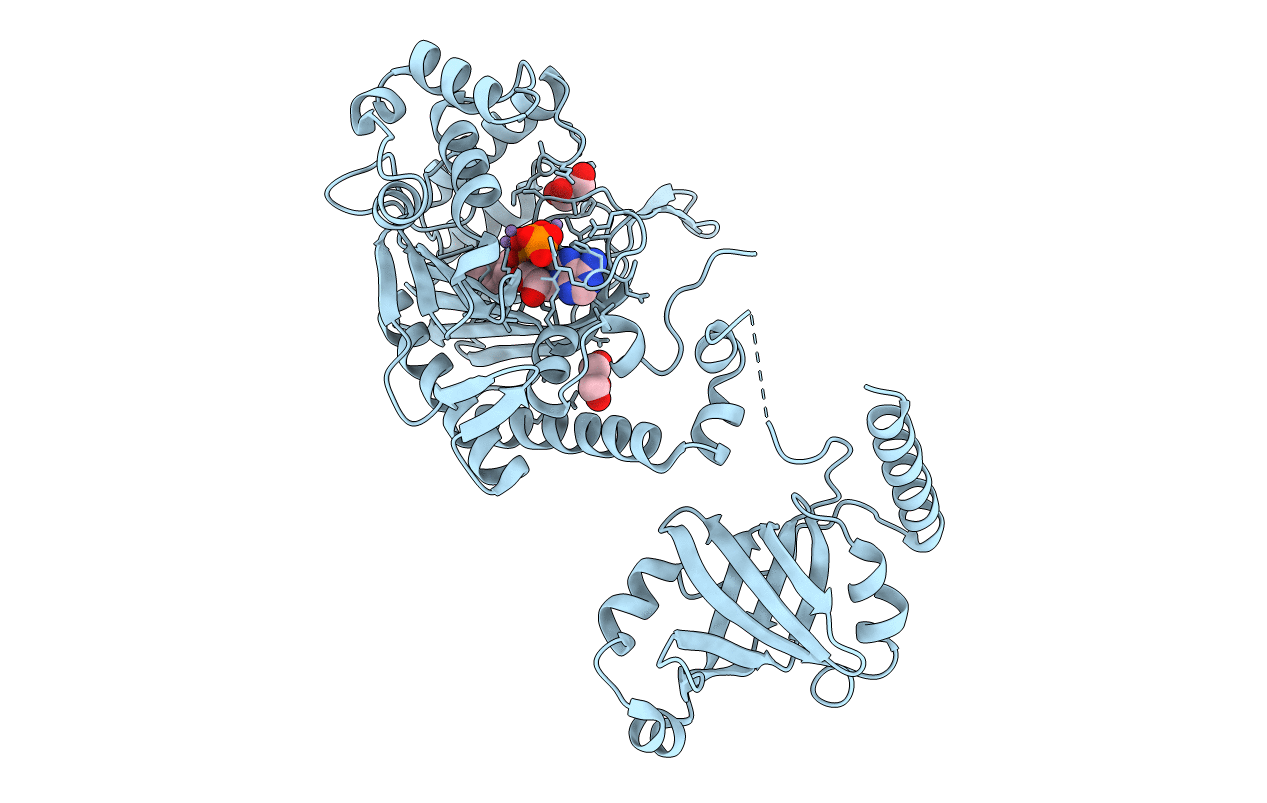
Deposition Date
2000-05-16
Release Date
2000-07-28
Last Version Date
2024-05-08
Entry Detail
PDB ID:
1E24
Keywords:
Title:
LYSYL-TRNA SYNTHETASE (LYSU) HEXAGONAL FORM complexed with lysine and ATP and MN2+
Biological Source:
Source Organism:
ESCHERICHIA COLI (Taxon ID: 83333)
Host Organism:
Method Details:
Experimental Method:
Resolution:
2.35 Å
R-Value Free:
0.24
R-Value Work:
0.18
R-Value Observed:
0.18
Space Group:
P 61 2 2


